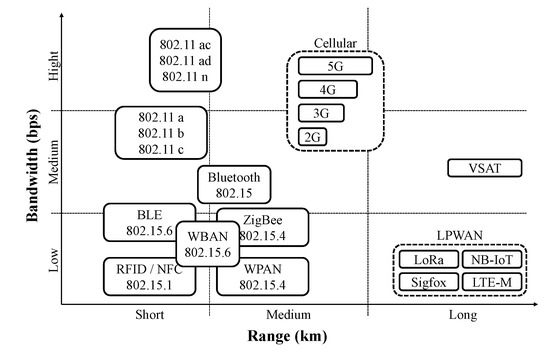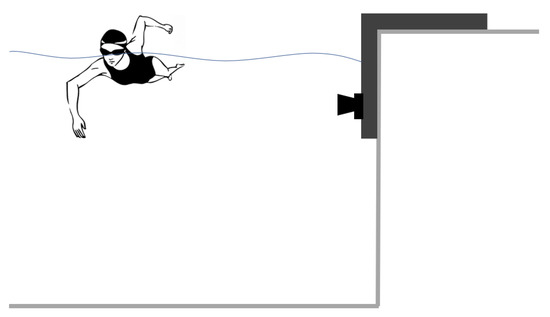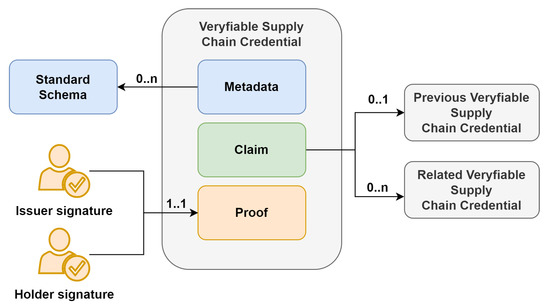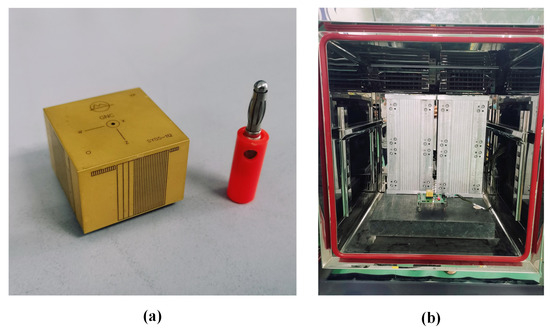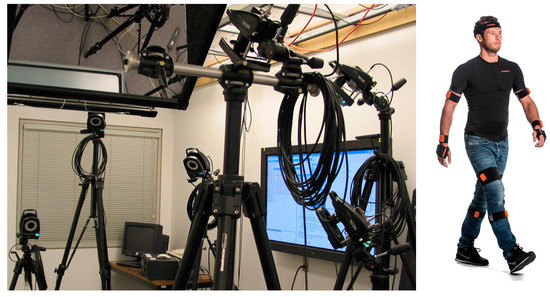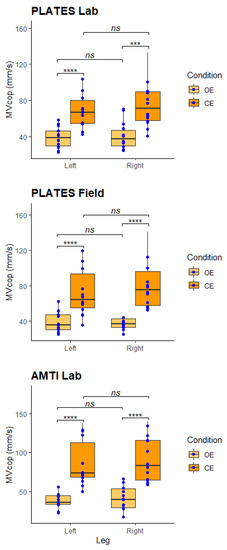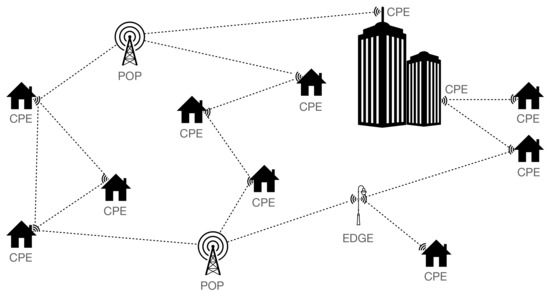Sensors 2023, 23(4), 2363; https://doi.org/10.3390/s23042363 - 20 Feb 2023
Cited by 12 | Viewed by 2788
Abstract
In the Internet of Things (IoT), Low-Power Wide-Area Networks (LPWANs) are designed to provide low energy consumption while maintaining a long communications’ range for End Devices (EDs). LoRa is a communication protocol that can cover a wide range with low energy consumption. To
[...] Read more.
In the Internet of Things (IoT), Low-Power Wide-Area Networks (LPWANs) are designed to provide low energy consumption while maintaining a long communications’ range for End Devices (EDs). LoRa is a communication protocol that can cover a wide range with low energy consumption. To evaluate the efficiency of the LoRa Wide-Area Network (LoRaWAN), three criteria can be considered, namely, the Packet Delivery Rate (PDR), Energy Consumption (EC), and coverage area. A set of transmission parameters have to be configured to establish a communication link. These parameters can affect the data rate, noise resistance, receiver sensitivity, and EC. The Adaptive Data Rate (ADR) algorithm is a mechanism to configure the transmission parameters of EDs aiming to improve the PDR. Therefore, we introduce a new algorithm using the Multi-Armed Bandit (MAB) technique, to configure the EDs’ transmission parameters in a centralized manner on the Network Server (NS) side, while improving the EC, too. The performance of the proposed algorithm, the Low-Power Multi-Armed Bandit (LP-MAB), is evaluated through simulation results and is compared with other approaches in different scenarios. The simulation results indicate that the LP-MAB’s EC outperforms other algorithms while maintaining a relatively high PDR in various circumstances.
Full article
(This article belongs to the Special Issue Intelligent IoT and Wireless Communications)
►
Show Figures
